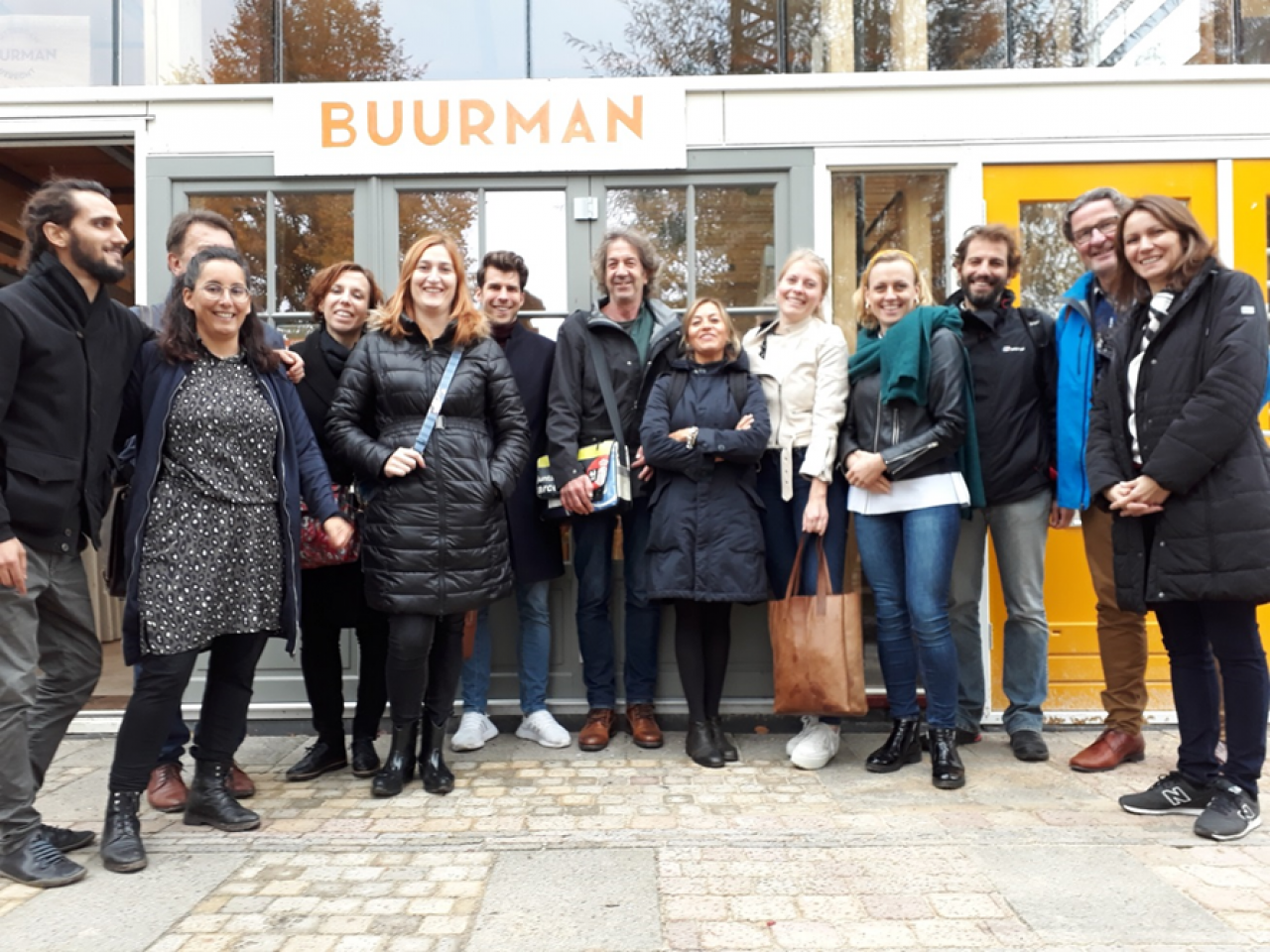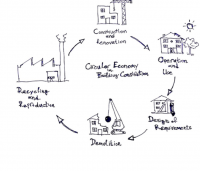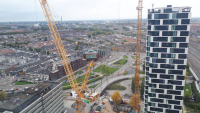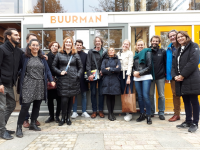
What does circular economy in the building sector mean to you in theory and where are we standing today? Which are the key challenges, the needs and how can we meet them starting from acting locally and upscaling our achievements towards better cities? The URGE APN project attempts a first dive into the issue of circularity in the building sector, aiming to impact importantly local policies and contribute to the achievement of the ambitious European goals and objectives.
The URGE APN project
The URGE (Circular Building Cities) project, approved in the frame of URBACT III Action Planning Networks (APNs), aims to design action plans on circularity in the building sector. URGE is thus accelerating the transition to the circular economy. The network consists of large cities such as Copenhagen and Munich, medium sized cities such as Utrecht and Riga and smaller cities such as Maribor (represented by Nigrad), Kavala and Comunidade Intermunicipal do Oeste, a regional cooperation of smaller municipalities. It is led by the City of Utrecht.
In the frame of Phase I, a more thorough investigation will be made into each city’s case, to raise the needs and draw a tailored-made action plan to smoothen difficulties exploit opportunities and come up with solutions that will boost circularity in the building sector.

What is a circular building?
‘’A building that is developed, used and reused without unnecessary resource depletion, environmental pollution and ecosystem degradation. It is constructed in an economically responsible way and contributes to the wellbeing of people and the biosphere’’.
Circular buildings impact positively on Materials, Energy, Waste, Biodiversity, Health and Well Being, Human culture & society. Additionally, they may produce multiple forms of value.
Where is the global economy in terms of circularity standing today?
Our global economy is only 9% circular. 8.4 Giga tons of materials are cycled input, versus 84.4 Giga tons coming from extracted resources. Out of the materials not cycled, the majority is lost beyond recovery - either dispersed in the form of emissions or unrecoverable waste. Housing, Nutrition and Mobility together represent more than 82% of the total material footprint.
Within the next 30 years, it is estimated that the amount of new construction will equal the amount, which is already built today. The rapidly growing construction sector is currently among the world’s largest producers of waste: every year, 1.3 billion tons of construction and demolition waste is generated worldwide and half of it comes from construction.
Consequently, there is a crucial need for new circular solutions, especially in the building sector.

The case of Europe
The building sector in Europe is strategic for the economies of most countries. Around 4 out of every 10 houses in Europe were built before 1960, a time when building practices were poor by today’s standards. The priority is to sustain and preserve what is already built, and in case renovation or demolishment is needed, the idea is to proceed using circular process, where materials can re-enter the construction sector and be re-used appropriately.
The ambition of the European Commission is to accelerate the transition towards a circular economy, enabling EU cities to lead the international system beyond the current outdated take-make-dispose model. As circular economy is a complex and far-reaching concept, the European Commission has established in December 2015 a unique comprehensive strategy referred to as the “circular economy Action Plan”. The action plan is an effective response to the 2030 Agenda, since it empowers public authorities and stakeholders to accelerate the circular economy transition. After four years of successful implementation of the Action Plan, one White Paper on circular economy of the Word Economic Forum (2018) and a lot of published reports, the European Commission could identify needs, towards acceleration of circular economy:
1) Circular economy is complex. Therefore, a comprehensive strategy to close the loop and targeting strategic sectors is the best tool to address all its aspects.
2) There are short and long-term benefits in making circular economy a priority across departments inside a public institution. Services dealing with environmental protection, industry, research, international cooperation, and potentially many others, can contribute to mainstream the concept within and outside the institution.
3) Circular change is faster when economic actors and civil society are directly involved. An effective public policy on circular economy needs support from business and civil society in order to maximize its benefits for the environment and for the economy.
The building sector itself is aware that it must change its management model to turn circular and that it can comply with the new approach to the ‘sustainable use of resources’ set out in the European Building Products Regulations.
However, there is still a lot to be done at local level.

Acting locally
A holistic approach and integration of the views in local action planning to meet the ambitious EU goals on circularity, is the key.
A common success factor in circular building design is stakeholder engagement from the very beginning. Indeed, early co-design processes with end-users, technicians, suppliers and communities, and taking everyone’s needs into consideration overall, is crucial in creating a holistic design. Moreover, public procurement regulation can be a powerful driver with the power to play a significant role in mainstreaming circularity practices. In terms of knowledge dissemination, finished building projects and reuse of buildings and areas can serve for further awareness raising and experience sharing. Additionally, communication of public data through city portals, including the discussion and open data in relations to indicators, is a powerful tool towards the engagement and motivation of related stakeholders including citizens. An open knowledge and competence building portfolio, comprised of training pack, indicators, data, good practices, integrated with specific tools’ application guides, like Pay-as-You Throw (PAYT) systems, could enhance the implementation of circular economy principles at local level. All that would not be effectively realised if not integrated within a holistic roadmap for urban resources management.
These topics have been raised and discussed among the partners of the URGE APN project, during a fruitful kick-off meeting in Utrecht, on the 15th and 16th of October. A lot is about to come, in order to fully exploit opportunities and really make use of this strategic sector as an enabler to meet circularity objectives and goals at local and EU level, so stay tuned!!

